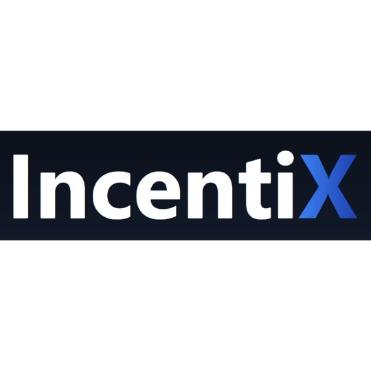IncentiX: Revolutionizing Open-Source with Instant
Revolutionizing open-source contributions with instant, secure rewards Incentix bridges developers and project managers, ensuring transparent, blockchain-powered compensation for every task completed.
Created on 10th November 2024
•
IncentiX: Revolutionizing Open-Source with Instant
Revolutionizing open-source contributions with instant, secure rewards Incentix bridges developers and project managers, ensuring transparent, blockchain-powered compensation for every task completed.
The problem IncentiX: Revolutionizing Open-Source with Instant solves
Incentix tackles key challenges in open-source by offering a secure, automated, and transparent incentive system for contributors. Many developers, especially newcomers, hesitate to engage due to a lack of tangible rewards. Current platforms don't provide direct, instant compensation, leading to delays and trust issues, which discourages potential contributors and makes it harder for project maintainers to manage bounties and attract talent.
Incentix addresses these issues by automating the assignment, validation, and payment of bounties, ensuring fair, instant compensation upon task completion. Our blockchain-based solution builds trust, reduces transaction costs, and streamlines the compensation process, allowing maintainers to focus on project advancement. By removing barriers and promoting a transparent reward system, Incentix motivates more developers to get involved in open-source projects, creating a more vibrant, active community.
Challenges we ran into
Reading and studying the GitHub API was one of our first hurdles. Its documentation is vast and can be overwhelming, especially when dealing with different versions, rate limits, authentication, and interactions with repositories, issues, and pull requests. We spent a lot of time experimenting with API calls to understand its capabilities and limitations, including rate-limiting, pagination, and query parameters.
Writing and deploying smart contracts for triggering transactions was another challenge. Working with blockchain platforms like Ethereum required a deep understanding of Solidity. Our tight timeline made it tough to ensure the contracts were secure and functional. Deploying these contracts involved setting up testnets and integrating wallet services like MetaMask, requiring multiple iterations and thorough testing on the testnet to handle tokens or transactions effectively.
Understanding testnets and their workings was critical but confusing, especially for those new to blockchain development. We had to learn the differences between testnets like Rinkeby and Goerli, each with unique network configurations and token economics. Syncing issues and obtaining enough test tokens often delayed our testing process.
Shifting authentication from OATH to OAuth 2.0 presented several challenges. Ensuring tokens were securely handled and integrating third-party services and APIs required a solid grasp of scopes, token expiration, and refresh strategies for a seamless user experience.
Fetching label-wise issues and other user details using the GitHub API proved more complex than expected. We had to filter and manipulate data based on labels and handle user-specific details like contributions or issue interactions. Optimizing API calls to avoid timeouts and excessive requests was crucial for maintaining performance.
Tracks Applied (4)
Polygon Track
Polygon
Ethereum Track
ETHIndia
Best Use of MongoDB Atlas
Major League Hacking
Best Use of Auth0
Major League Hacking
